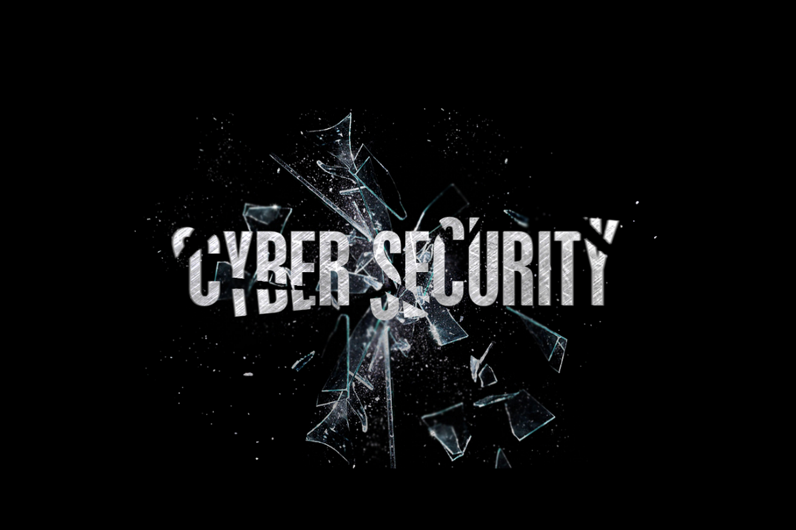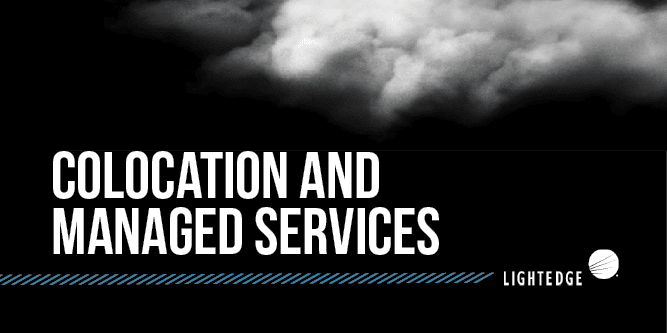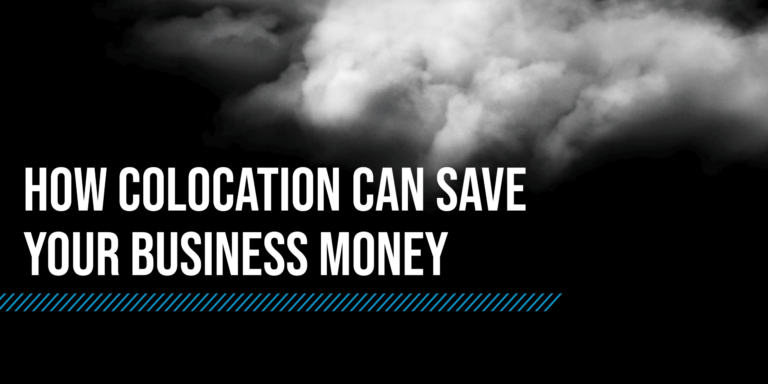Top 5 Cybersecurity Threat Predictions for 2021
January 7, 2021

Lightedge
Author

Now that we’ve swept up the confetti and cleared out the champagne bottles, it’s time to start thinking about the year ahead. While it may be tempting to completely shut the door on all things 2020, we must learn from years past when it comes to cybersecurity threat predictions and protecting ourselves against them.
When looking at the top cybersecurity threat predictions for 2021, we see a lot of continuations of trends from 2020, many of which have to do with a remote workforce. Additionally, we see threats evolving as more and more organizations migrate to the cloud.
While this list is not exhaustive by any stretch, it’s always a good idea to familiarize yourself with known threats and prevention tactics, so you can move through 2021 with a little more confidence, knowing you’re making a difference in your organization’s cybersecurity posture.
1. Remote Workforce Exploitation
Given the pandemic that rocked the world last year, we are seeing a trend toward remote work and it shows no signs of stopping. In fact, the pandemic likely changed how we view and adapt to the future work landscape for good. While there are pros and cons to working from home, managing a remote workforce brings its own set of challenges. It’s important to have your eyes wide open when it comes to evaluating the unique security risks of a virtual workforce.
It’s necessary to note that the rise of work from home also led to a rise in remote workforce exploitation. Organizations everywhere spent 2020 scrambling to ensure their workforces could access their networks remotely, but the security wasn’t top-notch. Many organizations are still attempting to catch up when it comes to endpoint user security requirements, leading to a higher risk of exploitation in the meantime.
Even though we are seeing more and more COVID-19 vaccines hit the market, it will likely not be safe for everyone to return to the workplace for several months. Take a moment at the beginning of this year to identify any remaining gaps in pushing patches to remote equipment or in your BYOD policies. While these policies worked well at the beginning of the pandemic when we all thought the quarantine would last a mere two weeks, we see now that having proper security for these devices long-term is crucial.
How Do I Protect My Remote Users?
First things first, are you able to enforce corporate security policies on employee-owned systems?
A few places to start would include adding a mandatory VPN connection and a multi-factor authentication (MFA) process when it comes to accessing devices and company platforms where any data is stored. A VPN will protect employees from cyber-attacks and the MFA will prevent important or classified data from being accessed in the event a device falls into the wrong hands.
Failure to complete these basic security functions may result in huge amounts of data loss or theft, and as tensions continue to run high in the new year, it’s possible you may have a harder time recovering than in years past.
2. Exploitation of Ineffective Cyber Hygiene
Cyber hygiene is something we’re hearing a lot about these days, but it can feel like an ambiguous topic. What is cyber hygiene? It encompasses the practice and steps that users of computers and other devices take to maintain system health and improve online security. Much like physical hygiene, cyber hygiene is regularly conducted to ward off natural deterioration and common threats. You wouldn’t store your credit card information on your computer, just like you wouldn’t neglect to shower for a week. All sorts of nasty side effects could come from both.
It’s important to note that your organization’s staff make changes to your environment every single day. While this in and of itself is not malicious, where there are humans, there is the potential for human error—and that’s where mistakes happen. These alterations to the environment can create vulnerabilities where malicious actors can infiltrate and exploit your systems. Lightedge recommends the following services to get your organization started in this track- https://www.cisa.gov/cyber-hygiene-services.
Cyber Hygiene Checklist
Knowing the basic concepts of cyber hygiene is key to keeping your data from being exploited or leaked. While not all breaches from poor cyber hygiene are malicious, the effect can still be devastating. Here are a few basics to get you started with your own cyber hygiene plan:
- Cyber hygiene scans should happen on a weekly basis to ensure that nothing has been exposed, whether accidental or intentional. This helps you see threat actors and inconsistent activities.
- Note which ports are accessible to the public internet and confirm they are validated and secure.
- Search for vulnerabilities at your ports and address them.
- Encrypt all sensitive data so even if it is exposed, the thieves will have a harder time extracting usable information.
- Consider implementing frequent cyber hygiene assessments from CISA.
3. Ransomware Popularity on the Rise
While most are familiar with ransomware at this point, did you know that more and more ransomware attacks are popping up every year? And they show no signs of stopping because they are so lucrative. Ransomware has proven to be a good revenue stream for not only Nation-State Threat Actors but all Threat Actors. And given the first two items on our list, it’s clear that it’s becoming much easier to mount a ransomware attack given the number of relatively uncontrolled endpoints a cyber-criminal may encounter.
Ransomware is an equal opportunity offender. Like phishing, anyone from the CEO to the Receptionist can be susceptible to ransomware attempts. It’s critical to educate everyone on the team early and often to significantly reduce your risk of a successful ransomware attempt.
Effective Ransomware Prevention Tips
While ransomware attacks remain difficult to catch and recover from, there are several things you and your employees can do that will protect both your organization’s critical information and systems, but also their personal data. These simple practices can save thousands upon thousands of dollars and your organization’s reputation.
- Utilize mail server scanning and filtering to catch malicious content.
- Require employees to use a VPN when on public Wi-Fi.
- Only download from known and trusted websites.
- Avoid giving out personal or company data to unverified sources.
- Backup your data so it remains accessible in the event of an attack.
4. Organizations Purchase Security Tools without Appropriate Staffing or Planning
With all the innovative security tools on the market these days, it’s no wonder many organizations get caught up in the latest and greatest offering but don’t stop to think if they have the right people or infrastructure to effectively use it. You may think that just setting and forgetting a new tool without operating it won’t lead to anything dire, but it does have the potential to leave organizations wide open to cyber threats. If you make a purchase, you have to be able to maintain and monitor it.
There is still a shortage of properly trained, experienced IT Security professionals, meaning there will likely come a time where your organization cannot maintain the tool you purchased and there won’t be anyone you can hire to fill in the gaps. This makes it hard to find a sustainable system but makes it simple for threat actors to exploit, disable or maneuver your systems.
Quick Questions to Ask Before you Invest
- Do we have the budget and time to train our existing IT staff to monitor and maintain this tool?
- If we don’t have time, do we have room to add a team member or two who can do so?
- Can we expand our current managed services to get the enticing benefits of this offering?
- Do the providers of this tool offer any sort of handoff period where they will help my employees learn how to effectively utilize it?
If you are leaning toward training your existing staff in order to use a new tool, there are several low-cost training opportunities available for those willing to learn. Since we are moving into at least another quarter of more flexible workdays, your employees have the perfect opportunity to complete some continuing education in order to address the skillset shortages in your IT department. When discussing implementation, be sure to ask about their customer support services, just in case your team members need some help and can learn through experience.
5. Increased Cloud Data Exposure
In the last few years, more organizations are electing to adopt multi-cloud, hybrid environments to solve their problems and support today’s business needs, which offers them much more flexibility and room for growth. These adaptations are positive, as they show that businesses are evolving to meet the demands of the day.
That being said, more pathways between clouds and varying cloud environments leave more room for exposure. A common mistake when migrating to a multi-cloud environment is failing to vet a new supplier’s security practices. When you connect multiple unvetted environments, you are creating the perfect environment for unnecessary, additional exposure. Multiple unknown threats can create a disaster in the combined environments and leave data exposed from lack of monitoring or incorrect configurations.
How to Reduce Data Exposure in the Cloud
While the obvious tip is to reduce the number of environments, we know this is not often the most practical or even possible solution. But there are other things you can do to ensure you’re combining your cloud environments in the safest, most secure way possible.
- Take a look at your access policies and make sure that every user and provider only has the access they need.
- Consider investing in data loss prevention tools if you have the capacity to maintain them.
- Implement regular self-assessments and an ongoing feedback loop to catch threats as they arise.
Lightedge Stays One Step Ahead of Threats
From secure and always-on colocation to the compliance and scalability of hybrid cloud, Lightedge has you covered.
With over 20 years in business, Lightedge offers a full stack of best-in-class IT services to provide flexibility, security, and control for any stage of a customer’s technology roadmap. Our solutions include premier colocation across seven purpose-built data centers, industry-leading private Infrastructure as a Service and cloud platforms, and the top global security and compliance measures.
Our Lightedge facilities are more advanced than traditional data centers. We have created true Hybrid Solution Centers designed to offer a complete portfolio of high speed, secure, redundant, local cloud services and managed gateways to public clouds through our hardened facilities.
Our owned and operated facilities, integrated disaster recovery solutions, and premium cloud choices make up a true Hybrid Solution Center model. Lightedge’s highly-interconnected data center facilities span Des Moines, IA, Kansas City, MO, Omaha, NE, Austin, TX and Raleigh, NC.
Are you ready to take important steps toward making sure you’re not susceptible to these cybersecurity threat predictions? We have security experts standing by to answer your questions and help you find solutions to your most pressing IT security questions. To learn more or get in touch with an expert, contact us here.


